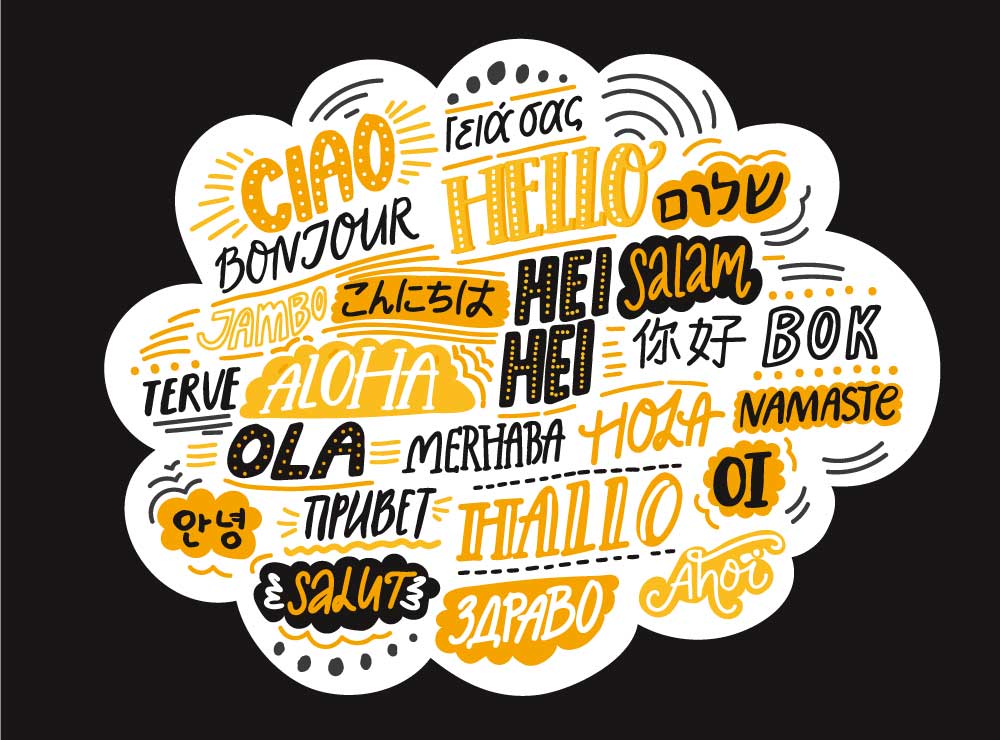Did you know there are more than 6000 living languages today? With almost 200 countries in the world and thousands of languages spoken, saying “Hello” is a basic and important thing in each of them. If you’ve ever visited a foreign country where you don’t know the language, you can attest to how important learning how to say “Hello” is. The importance of how we greet others lies on the word Hello.
Nowadays, cutting across cultures and languages, the ubiquitous way of greeting a stranger or a friend, is to say ‘Hello’.
The popularity of the phrase ‘Hello’ is such that a day dedicated to promoting dialogue, communication, and peace in the world is named World Hello Day.
According to the website of World Hello Day, this day “was begun in response to the conflict between Egypt and Israel in the Fall of 1973. Since then, World Hello Day has been observed by people in 180 countries.”
The creators of World Hello Day wanted to emphasize the importance of communication, instead of force, in order to resolve conflicts. So, this day is not simply about saying ‘hello’, but about taking the first step in starting conversations with those around us. Hopefully, these conversations can help us listen better to each other and teach us to move past conflict through communication.
Taking part in the World Hello Day celebrations is a simple affair. An individual only has to greet ten or more people by saying ‘Hello’.
Punjabi: Satsriakal
Satsriakal literally translates to ‘the one beyond time (God) is real/truth’. This greeting is more popular amongst the Sikhs, while others in Punjab say namaskar, which is a variation of namaste.
Korean: Anyong Haseyo
Anyong Haseyo translates to ‘hope you are well’. If you want to be even more formal, you can say ‘Anyeong Hasimnikka’, which is pronounced as ahn-yo hash-im-nee-kah.
German: Hallo or Gutan Tag
Hallo is the root word for the English ‘Hello’. Gutan Tag means ‘good day’, where Gutan means ‘good’ and tag means ‘day’.
Arabic – مرحبا
In Arabic, you say مرحبا (marhaba) to greet someone or say “hello”. You can also use it to say “welcome” or “bravo”. It’s literal meaning is “God is love”. Visit this link to hear how to say hello in Arabic.
Cantonese – 嗨
Hi in Cantonese is (hāi). It’s a loan word from the English “hi”. It’s said with a high tone. Visit this link to hear how to say hello in Cantonese.
Danish – Hej
The Danish word for hello is hej and it sounds similar to the English word “hey”. Visit this link to hear how to say hello in Danish.
Dutch – Hoi
The Dutch word hoi means the same as the English word “hi” and is slightly less formal than another way to say hello in Dutch–hallo. Visit this link to hear how to say hello in Dutch.
